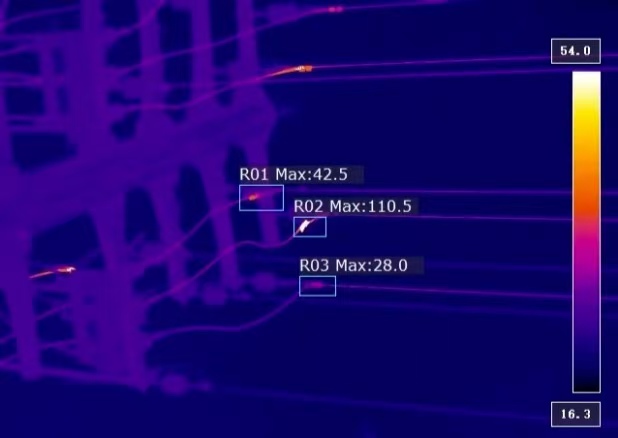What elements should be considered in a thermal imaging surveillance system
Both plants, animals, humans, cars and objects emit heat. The defining characteristic of a thermal sensor is the detection of heat in response to small differences between thermal features in the image. So whether it's raining, sunny or completely dark, thermal imaging cameras provide clear thermal images. For this whole reason, thermal images characterized by high contrast are ideal for video analysis.
Today, thermal imaging cameras are the monitoring solution of choice for nuclear power plants, substations, oil refineries and airports. More and more industries are choosing thermal imaging cameras, but here are some points to consider in order to choose the right one for you:
1.Contextual analysis
In critical infrastructure deployments where manual detection beyond the fence line is necessary, thermal cameras with a resolution of 640 × 480 can be the best choice. They can give you up to 16 times the pixels as a standard thermal camera, yielding a longer detection range and more image detail. On the other hand, for commercial installations that focus on wide-area surveillance with detection distances of up to 50 meters, a resolution of 320 × 120 is sufficient.
2.Requirements Analysis
Thermal imaging cameras can not only send alerts, but also categorize them to provide greater value to customers. In this age of Artificial Intelligence (AI) and deep learning, superior thermal imaging cameras provide reliable detection of people and vehicles. Supported by image enhancement capabilities, these thermal cameras create sharper, more precise edges to optimize classification analysis. These technologies help ensure accurate, actionable alerts that reduce false alarms and see the total cost of ownership of the solution.
3.Product Features
A key part of security system design is ensuring that edge devices are compatible with front-end or video management systems. To ensure interoperability and immediate adoption by third-party vendors, integrators should look for thermal imaging cameras that comply with ONVIF (ONVIF is dedicated to the adoption of network video in the security market through a global open interface standard that will ensure interoperability of network video products from non-vendors) and transmit digital video in H.264.




